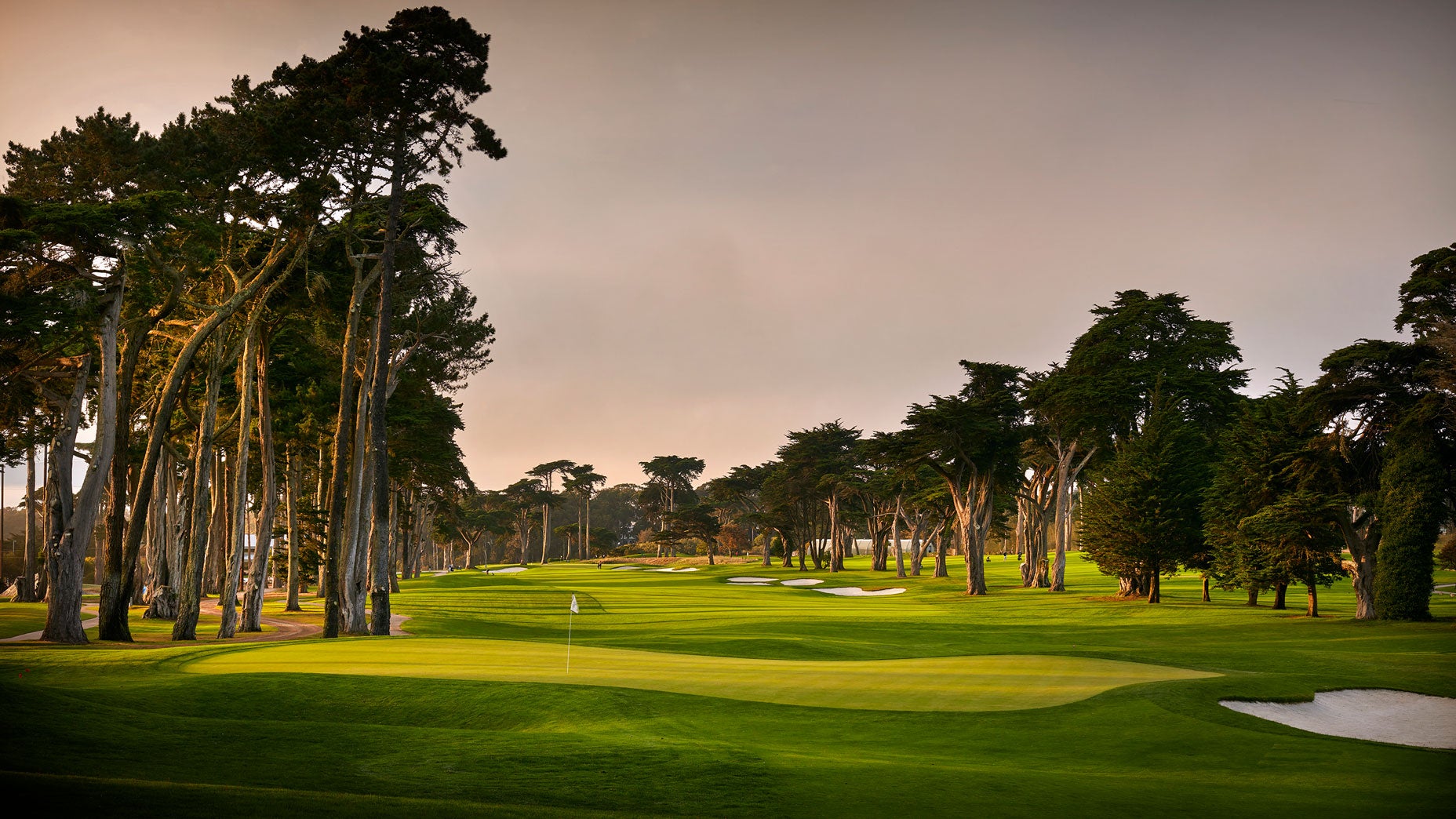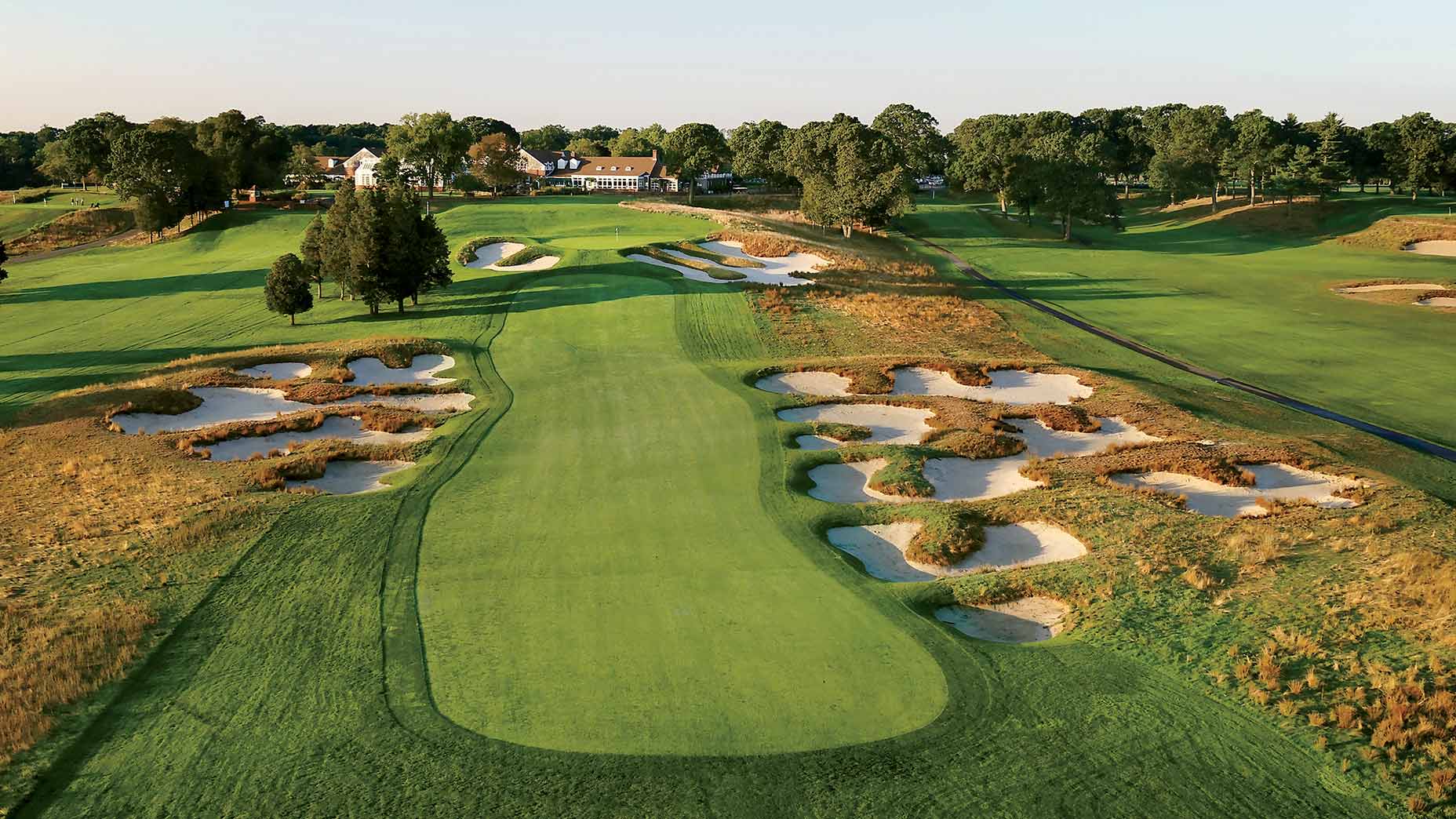It isn’t every day that your local muni gets to host a major.
Unlike their counterparts on Long Island or in La Jolla, San Francisco golfers have never had the pleasure.
This summer marks a first for them. And for TPC Harding Park.
With the Masters postponed and the calendar upended, the PGA Championship, a tournament once known as Glory’s Last Shot, is batting leadoff in the 2020 major lineup. And for only the fourth time in its 104-year history, the event is taking place on a taxpayer-funded track.
Whether fans will be allowed when the competition kicks off on Aug. 6 is still TBD. In the meantime, though, residents continue to take advantage. That’s the beauty of a muni; anyone can play it.
Between now and July 19, when Harding Park shuts down for final preparations, Joe and Jane Public are free to take a crack at a city-owned course that’s already flashing its tournament teeth.
So, what’s it like?
You sense you haven’t signed up for a standard muni outing the instant you pull into Harding’s entrance, on the western fringes of San Francisco, just blocks from the Pacific Ocean, along the edge of Lake Merced. Grandstands now dot the grounds. Merchandise tents are under construction. There’s a tinge of anticipation in the air, mingled with the sound of power tools.
But the real difference lies in the test.
Most munis offer a measure of forgiveness, but not Harding at the moment. The fairways have been pinched in to some 60 percent of their normal width, and the rough now nearly reaches your ankles. Miss the short grass by a foot and you almost need to step on your ball to find it. It’s a challenge made stouter by refined mowing patterns, which have shifted target lines to bring out nuances in Harding’s design. Fairways now skirt closer to fairway bunkers and other trouble, and doglegs bend at more beguiling angles, narrowing the margin between a perfectly-placed shot and a problem lie.
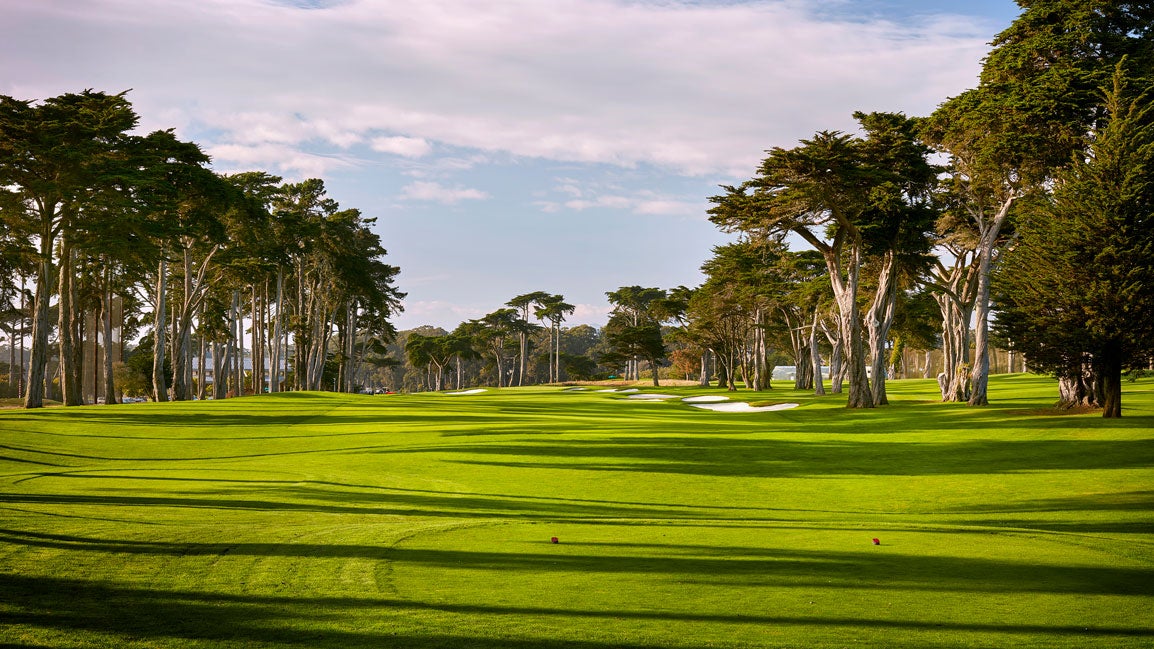
For maintenance reasons, you can’t play the tips. You probably wouldn’t want to anyway. New back tees have been added on five holes, extending a 7,100-plus yard sea level layout that has always played longer than the laser suggests (as you go about your day, it’s worth strolling back to the stretched-out tips, in case you need more proof that these guys are good). The greens, though running pure, haven’t yet been quickened to lightning pace. That’s coming. And for now, from one box up, Harding as it rounds into tournament form is as much golf as any amateur can eat.
Though the PGA Championship will be its first major, it won’t be Harding’s first moment in the sun. Designed by Willie Watson and Sam Whiting, the same duo who get credit for the neighboring Olympic Club, Harding was meant to be the city’s grandest muni, and it made good on that ambition. A two-time host of the U.S. Amateur Public Championship, in 1936 and 1957, Harding became a regular Tour stop in the 1960s. Billy Casper and Gary Player won there. So did Ken Venturi, who had home field advantage; he’d grown up on the course, where his parents ran the pro shop.
Other future greats enjoyed insider knowledge, too. Johnny Miller, George Archer and Bob Rosburg were among the local kids who cut their teeth at Harding. Tony Lema, Lawson Little and Harvie Ward were among the transplants who became regulars, too.
Harding in that era had an aura about it, says San Francisco native and former PGA Tour pro John Abendroth, who was born and raised a hop-skip from the course. When Abendroth was in middle school, in the early 1960s, he and his friends had a set tee time at Harding every afternoon: 3:27 p.m., balls in the air. An unlimited monthly youth pass cost them $7.50, a bargain for a course that remains a breeding ground for junior golf today, as the home of the First Tee of San Francisco.
“It was so cool as a kid to show up at a place like Harding, knowing the Tour events that were held there and the legends who had learned there,” says Abendroth, who co-hosts Hooked on Golf, a Bay Area-based TV and radio show, and runs a foundation of the same name that benefits junior golf. “We knew were were out there in the footsteps of greats.”
The story of Harding in the decades since is one of downfall and revival. By the 1990s, the course had slipped into such neglect that the greens took on the bearing of Chia Pets. It was tough to tell the fairways from daisy fields. Many fine munis have suffered the indignities of disrepair, but Harding was dealt this extra insult: in 1998, it was used as parking for the U.S. Open, which was being staged at the Olympic Club. That the Olympic Club paid good money to take over Harding’s fairways didn’t change the sense, among local muni lovers, that the course had tumbled to a new low.
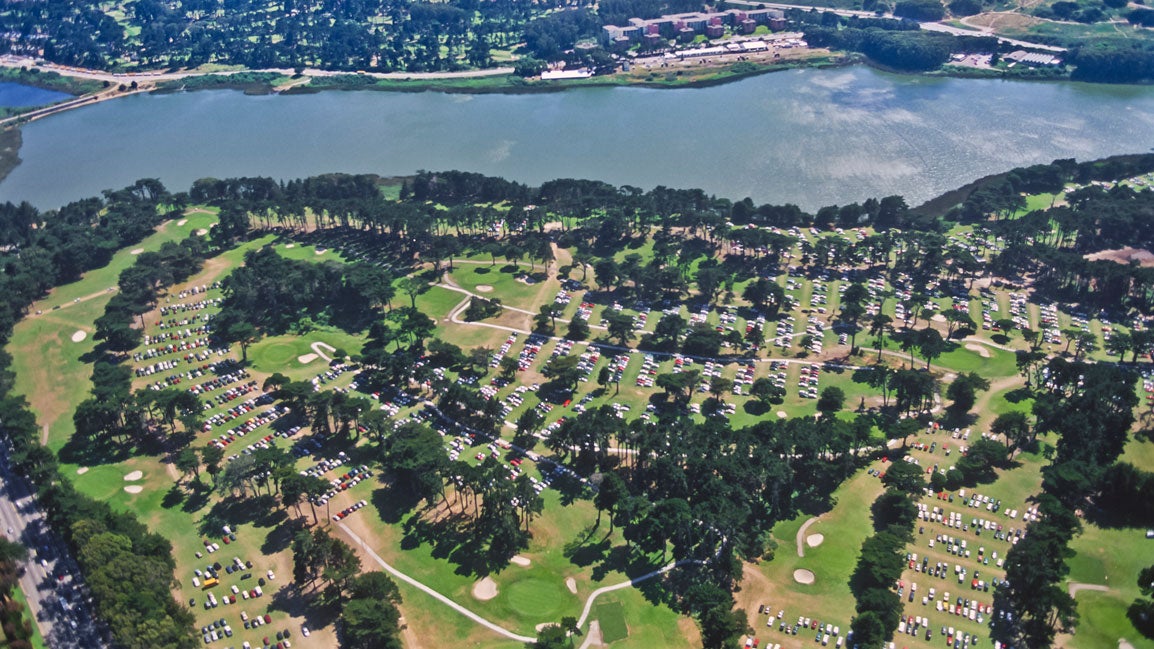
Harding’s resurgence came in the form of a multi-million dollar renovation, a polarizing project (“You’re spending how much on a muni?” was the gist of the complaint from non-golfers who simply didn’t get it) spearheaded by Bay Area resident and former United States Golf Association president, the late Sandy Tatum. A patrician figure and a member of a number of fuddy-duddy private clubs, Tatum was also a Prius-driving man of the people and a tireless champion of municipal golf. He knew Harding from its glory days, having played it often in the San Francisco City Championship, one of the country’s most storied amateur events. He had grand visions for its renaissance.
Despite some hiccups and angry opposition, most golfers agreed that when the project was completed, in 2003, Harding hadn’t merely been reborn. It was better than it had ever been.
Marquee events returned, starting with the 2005 WGC-American Express Championship, Harding’s first Tour competition since 1969. Tiger Woods beat John Daly in a playoff.
Other biggies followed, including three season-ending championships on the senior circuit and the 2009 Presidents Cup (through a deal with the PGA Tour, Harding became part of the TPC network the following year).
And now comes the PGA Championship, with Harding Park being groomed to play more fiercely than it ever has before. The fairways will be firm. The rough will be frightful. And the greens, though far from wildly undulating, will present themselves, as ever, like a Faulkner novel: good luck trying to get an easy read.
Unlike in the Presidents Cup, which saw some holes reordered in the hopes of maximizing match-play drama, the course will be set up in its familiar routing: unfolding like a cinnamon roll, with the front nine swirling at the center and the back nine wrapped around the outside.
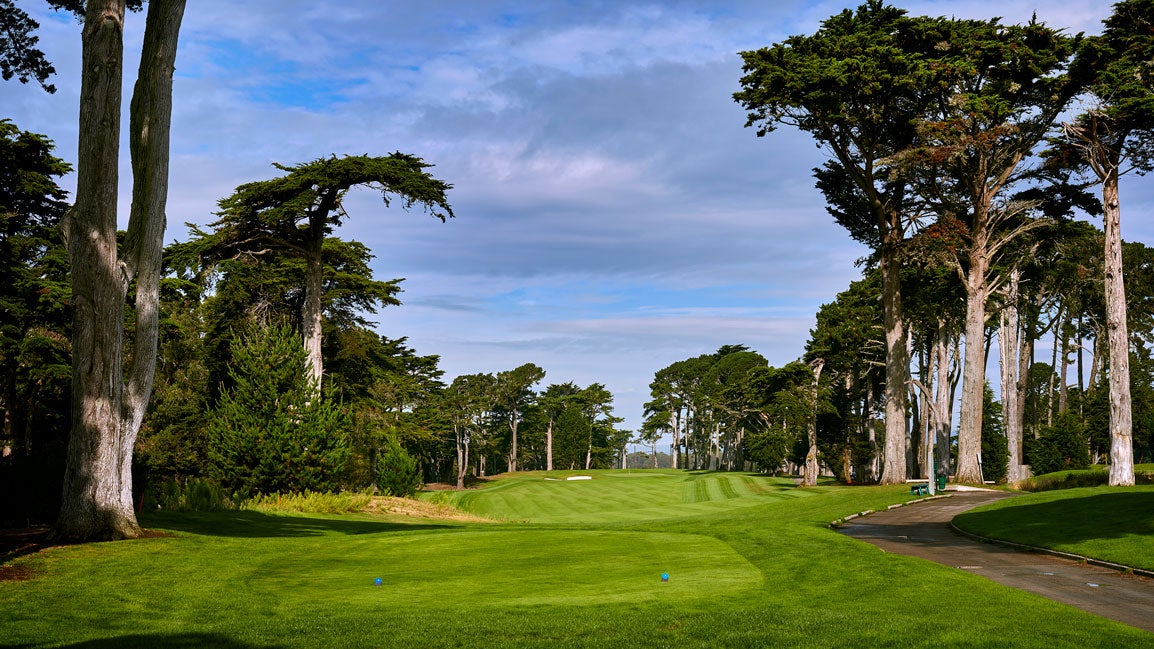
It’s a stately layout, framed by giant cypress and eucalyptus trees, and it grows in drama as it progresses, hitting you full force on the 14th hole, a long par 4 that marks the start of a stout closing stretch along Lake Merced. From the 14th and onward to your finish, you can gaze across the water at the green fingerlings of another layout: the Lake Course at the Olympic Club, a five-time U.S. Open host.
Nice place, no doubt. But you’ve got to be a member or know someone to play it. This year is different. Another major championship is on its way to San Francisco.
And this time, at long last, a muni gets a turn.
This is part of our Muni Monday series, spotlighting stories from the world of city- and county-owned golf courses around the world. Got a muni story that needs telling? Send tips to Dylan Dethier or to munimondays@gmail.com and follow Muni Mondays on Instagram.
